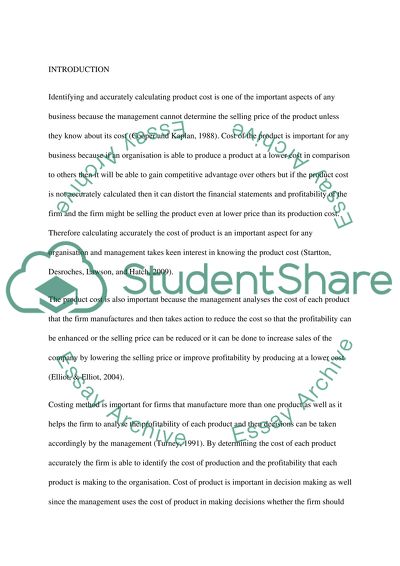Cite this document
(Comparing Full and Variable Costing Research Paper - 2, n.d.)
Comparing Full and Variable Costing Research Paper - 2. Retrieved from https://studentshare.org/finance-accounting/1587075-full-costing-versus-variable-costing-does-the-choice-still-matter
Comparing Full and Variable Costing Research Paper - 2. Retrieved from https://studentshare.org/finance-accounting/1587075-full-costing-versus-variable-costing-does-the-choice-still-matter
(Comparing Full and Variable Costing Research Paper - 2)
Comparing Full and Variable Costing Research Paper - 2. https://studentshare.org/finance-accounting/1587075-full-costing-versus-variable-costing-does-the-choice-still-matter.
Comparing Full and Variable Costing Research Paper - 2. https://studentshare.org/finance-accounting/1587075-full-costing-versus-variable-costing-does-the-choice-still-matter.
“Comparing Full and Variable Costing Research Paper - 2”. https://studentshare.org/finance-accounting/1587075-full-costing-versus-variable-costing-does-the-choice-still-matter.


